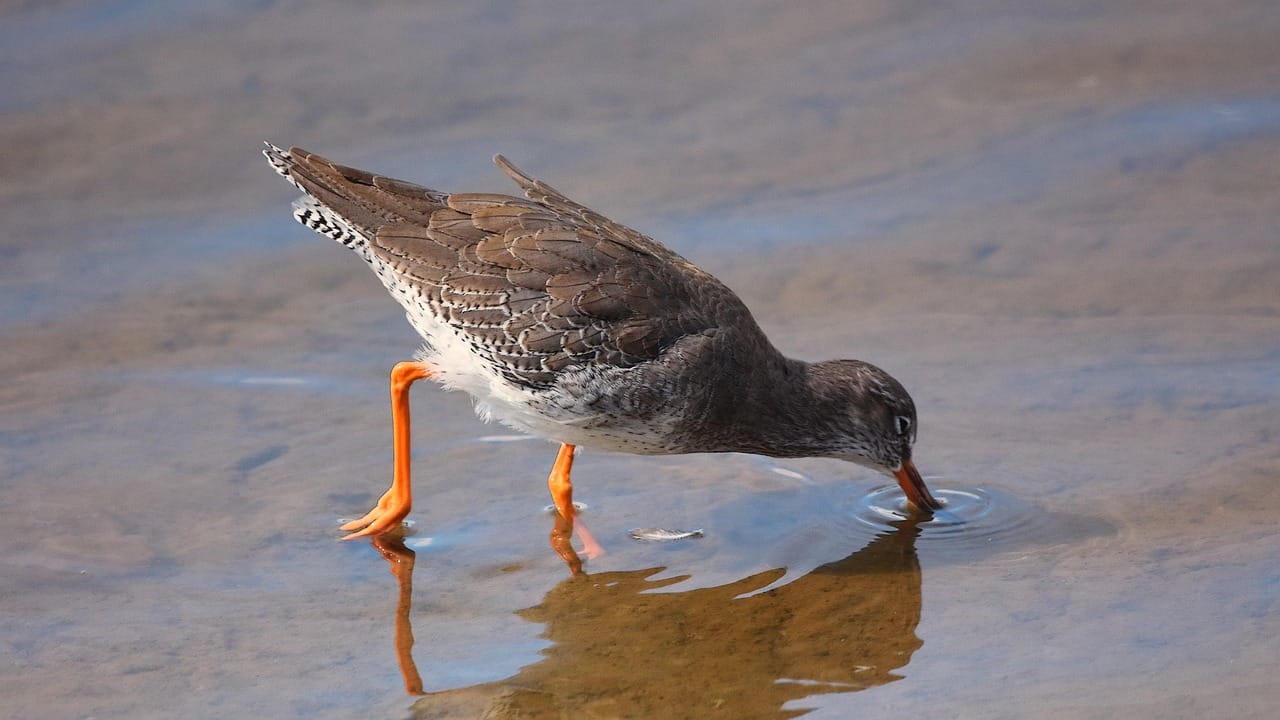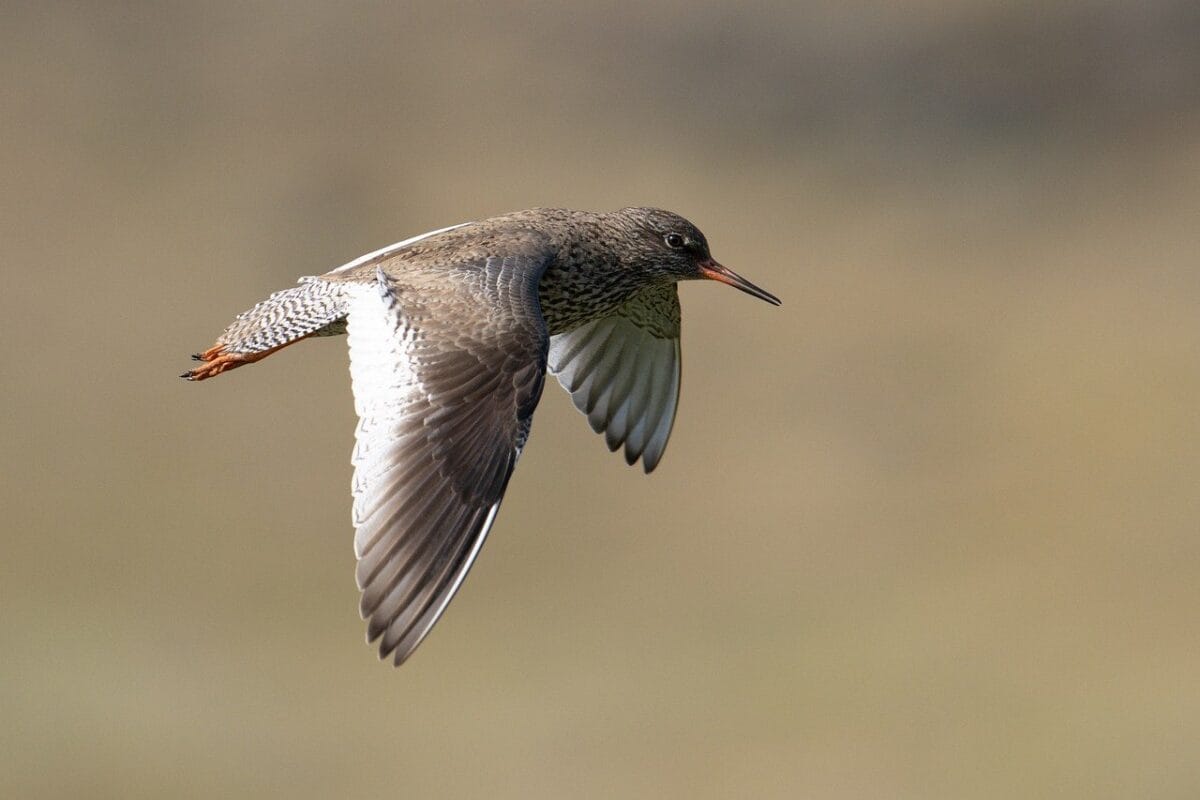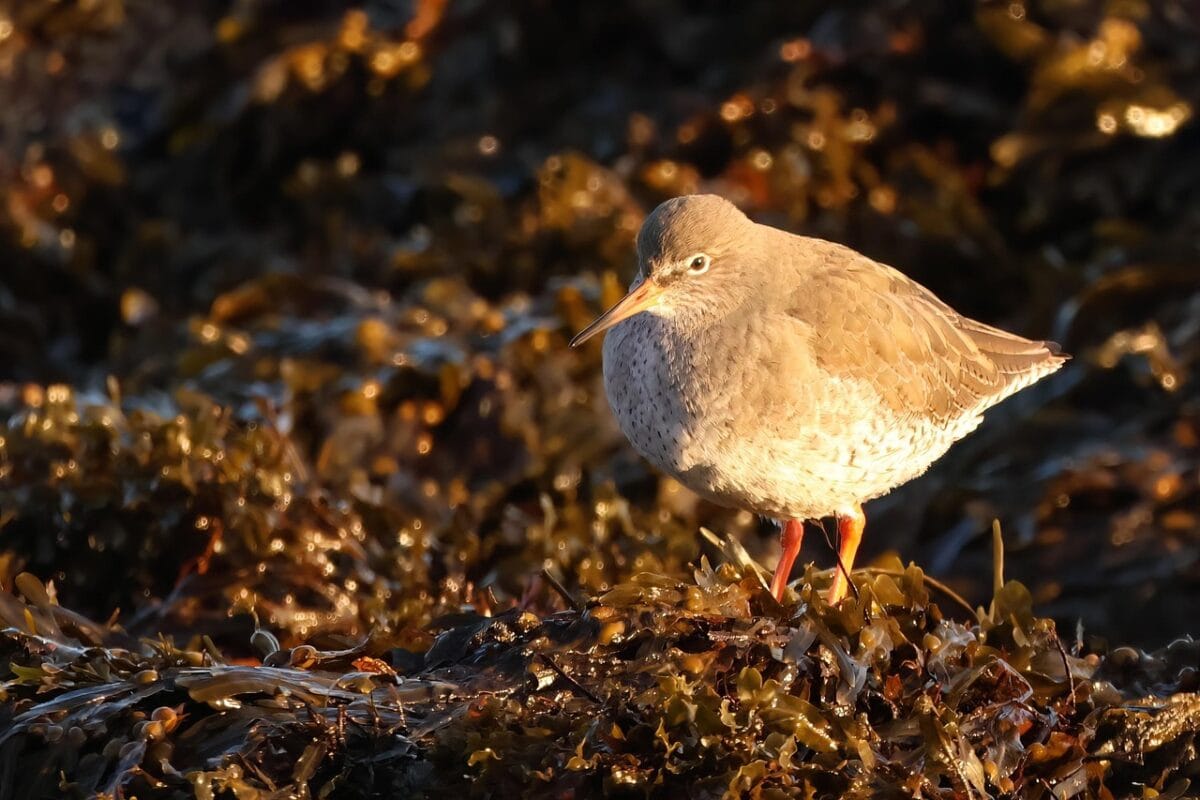
Autumn is upon us again. As temperatures drop, days noticeably shorten and leaves fall, many birds migrate to more hospitable winter climes. These movements vary greatly and may be epic intercontinental journeys or simply relocations to different habitats or lower elevations closer by.
Part of our work as ecologists involves ensuring that we attain as comprehensive an understanding of our project sites as possible, and mobile populations of birds present a unique challenge when seeking to do so; unlike monitoring many other protected species, surveying for birds is often required throughout the winter months – and sometimes also during spring and autumn migration periods – to ensure that we establish a full picture of avian activity. To this end, separating the surveying, assessment and reporting for breeding and non-breeding birds is essential, to avoid information overload and missing important details. From late September to early October is the ideal time to begin wintering bird work and it is therefore critical for ecologists to have considered the ornithological requirements of their projects before autumn is with us in earnest.

Seen by many as the archetypal wading bird, the redshank (BAm) is a charismatic and relatively conspicuous Tringa sandpiper with a smart appearance. Their matching suite of orange-red legs and bill shout ‘Iook at me!’ and their loud cries in flight might reinforce this caricature of an unabashed show-off. Redshank could be described as ‘busy’ birds, with a hurried, scurrying gait and they can usually be found in winter at the water’s edge probing, like clockwork toys, for invertebrates in the intertidal sediment. These birds then move to farmland and saltmarsh to nest and are equally at home pulling earthworms from the soil. As such, redshank are fascinating specialists of both field and shoreline.
Redshank are a declining UK resident – nesting primarily in Scotland and northern England – with additional overwintering individuals arriving from Iceland. However, a 19% decrease in the migrant population between 1996 and 2022, and a substantial breeding range contraction, highlight the need for careful conservation. Critically, redshank is a Designated Feature of four out of the five SPA sites in north-west England. Therefore, their presence on or near a project site within 10km of any of these Internationally Designated Sites can be especially important. Look out for those well-dressed waders!









